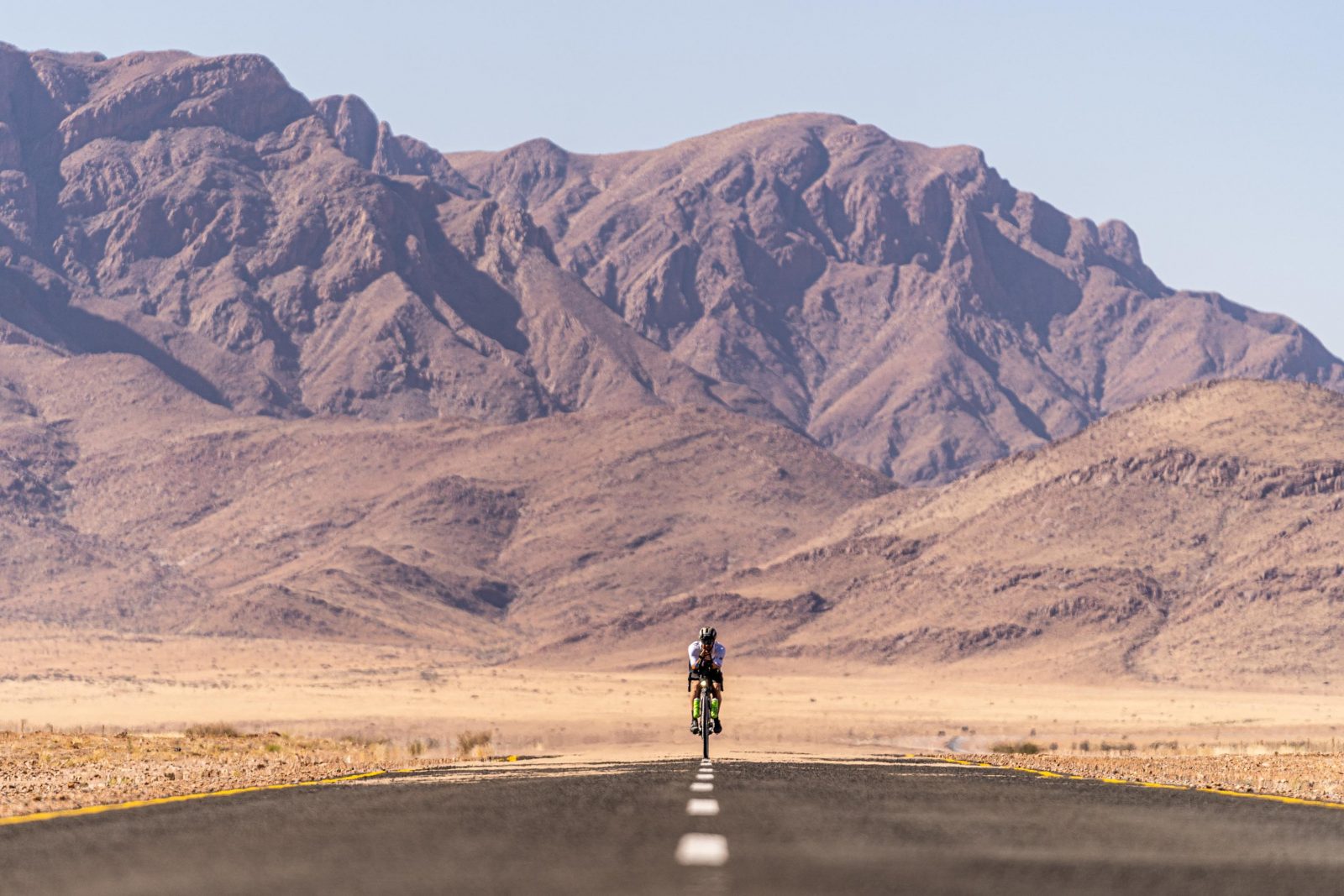The Frenchman Steven Le Hyaric took only 18 days to cross the Namibian desert by bike. Back on this extreme adventure of the ultra cyclist.
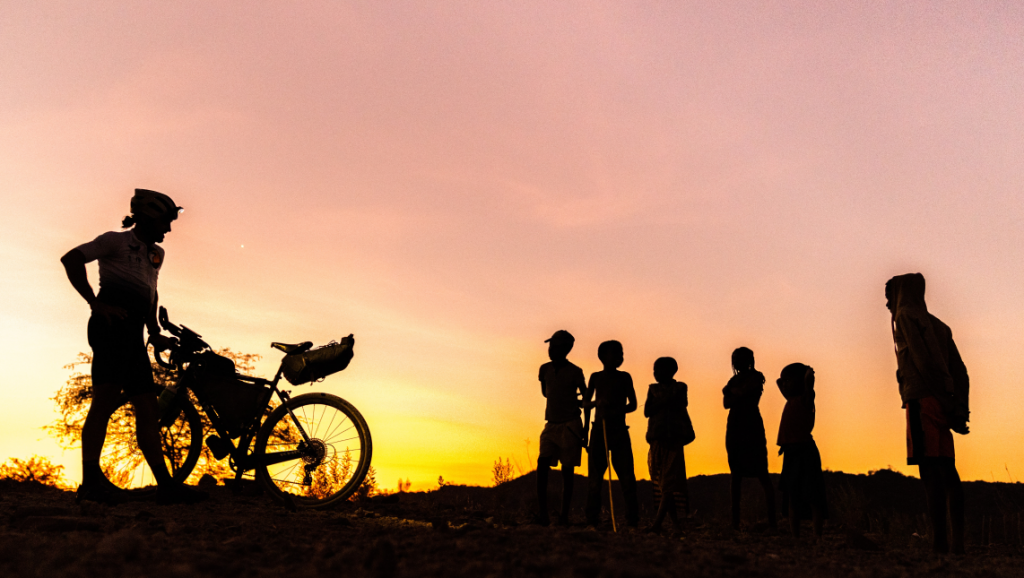
In June 2022, Steven Le Hyaric sets off on the first adventure of his 666 project in Namibia. The project will take him across six of the world's toughest deserts, on six continents. The objective of this first stage is to cover 4,200 km in Namibia. The cyclo adventurer (who last January published his first book "En Namibie", published by Editions de la Phénicie) can look back on a career rich in exploits, coming as he does from professional cycling.
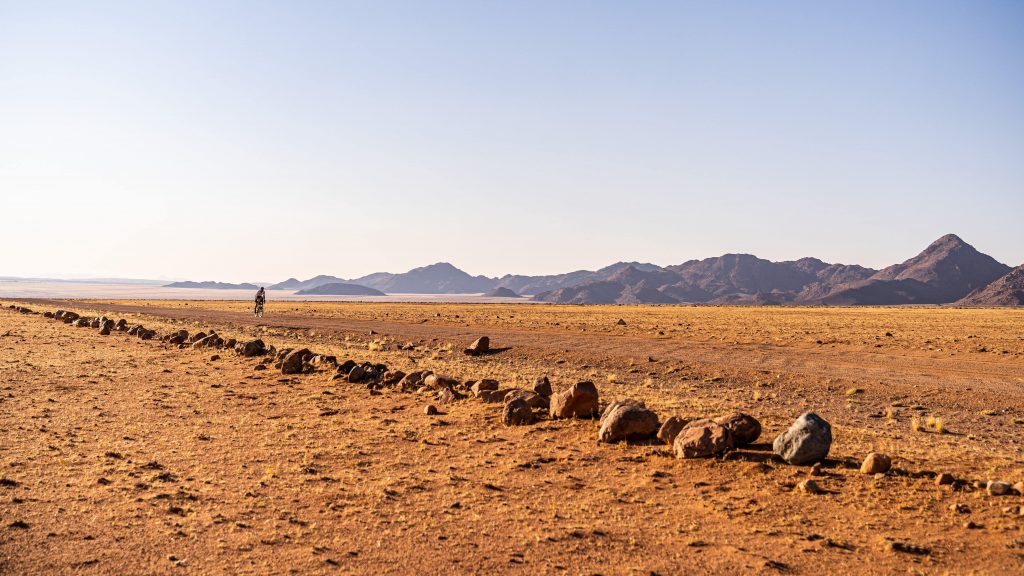
After his professional career as a consultant for sports brands and then communication manager for the French Triathlon Federation, he decided in 2016 to leave everything behind, to spend 120 days in Nepal to follow his dreams. Several other adventures of this kind will follow: Crossing the Himalayas by mountain bike, Paris-Dakar in 20 days by bike, crossing Lake Baikal by bike, Lhasa - Kathmandu record, Kilimanjaro record by bike, Iran, Tibet, Lofoten in Norway, several summits in Nepal, Double Ironman, various victories in Ultra Endurance events.
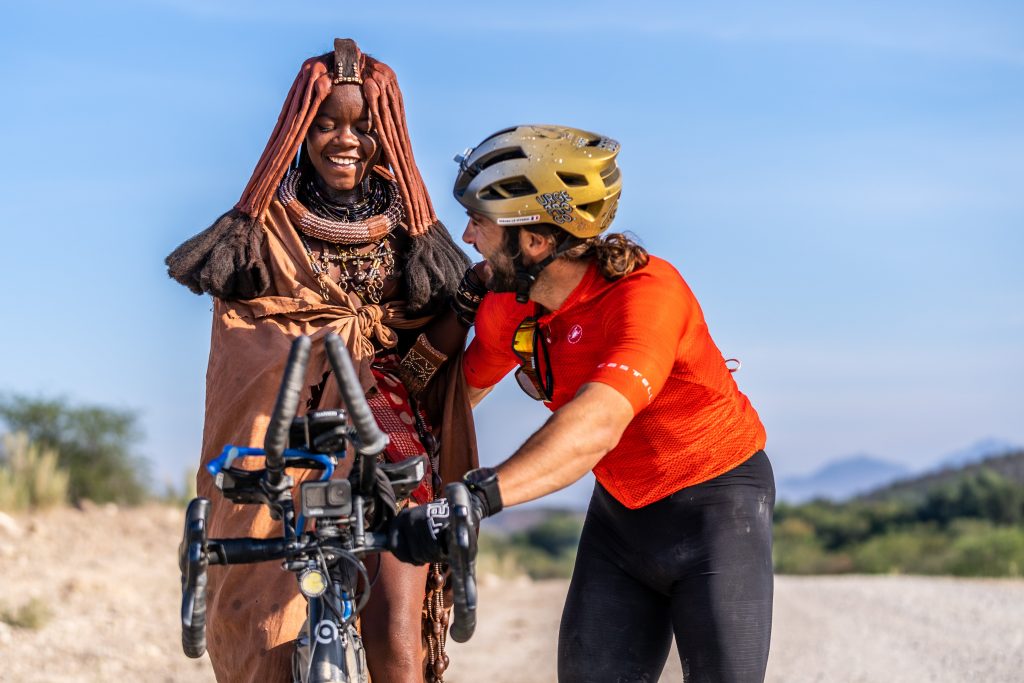
In Namibia, he finally succeeded in his challenge, at a pace of 250 km per day, or almost 10 hours spent on the bike every day, facing temperatures ranging from 0 degrees to 45 in the north of the Namib. "The end of the route was more difficult," recounts the adventurer. "One morning, I woke up to a mist and 5°C when I had to climb to 2200 meters altitude from 70 m. Within an hour and a half, the thermometer rose to 37°C. This thermal shock hurt and I was going a bit crazy on my bike. On top of that, I had no village to refuel in."
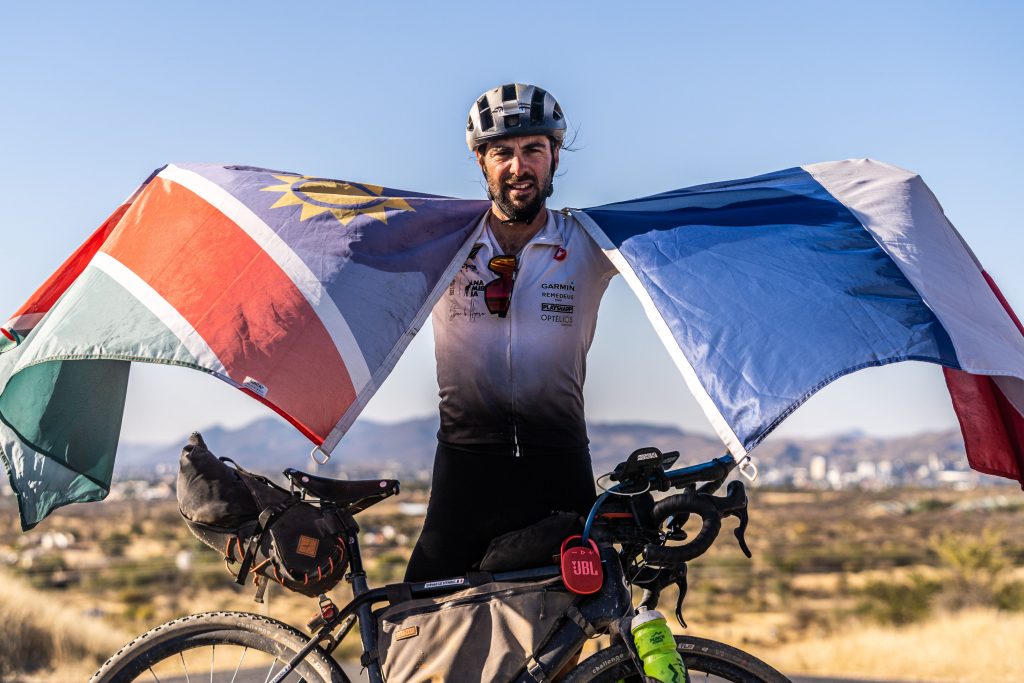
In Namibia, the aim was both sporting and social: the Gravel Man wanted to raise awareness and draw attention to current and future changes, the consequences for nature and the effects on the human body. The aim is to show the richness and fragility of the world, and to raise awareness of climate change and, more specifically, of the desertification of territories.
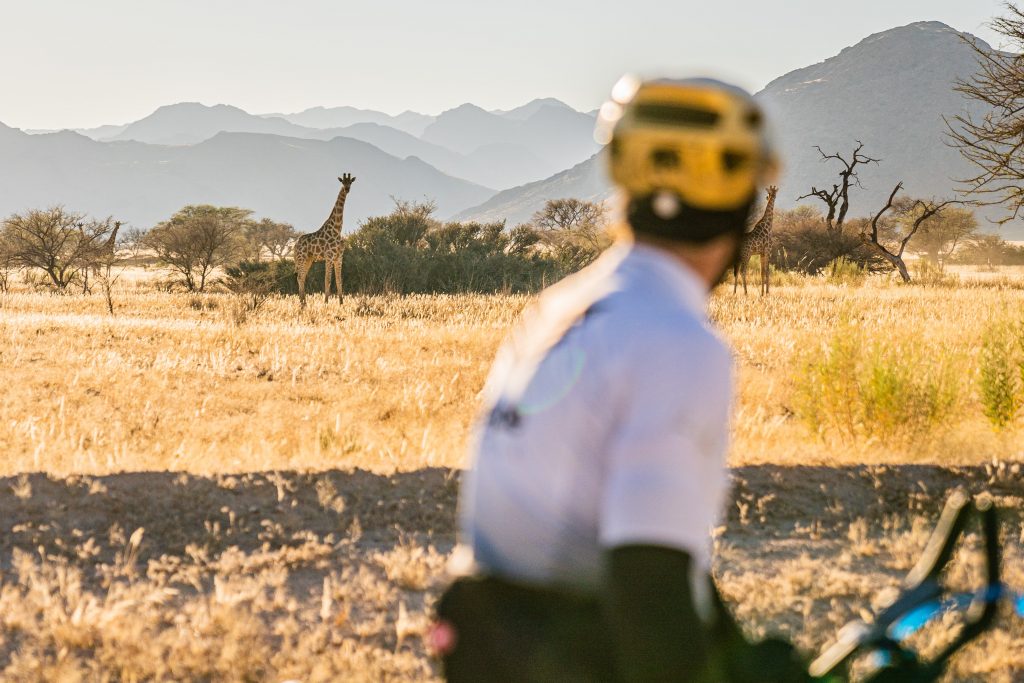
This crossing of the Namib desert presented Stéven with a number of challenges: adapting to the lack of water and the heat. Encounters with local people and animals were rich in sharing and learning. "This Namibia Desert Project would not have been the same without the wildlife that has always fascinated me and that I was able to observe. On the roads, I came across hundreds of "stupid birds", as many jackals, dik-dik, antelopes, wild horses, kudu, oryx, squirrels, meerkats, warthogs... I also crossed paths with quite a few baboons, not always reassuring encounters especially when I was alone."
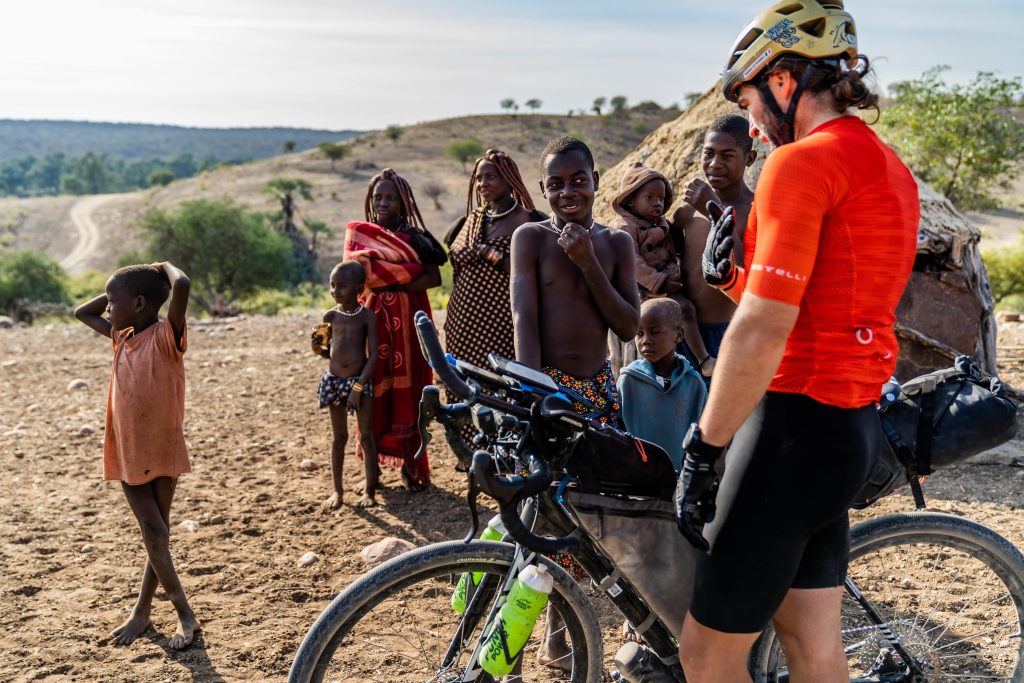
In the coming months, other deserts will follow, health conditions permitting: Simpson in Australia, the Atacama in Chile, the Gobi between Mongolia and China, and then the biggest chunks: Antarctica and the Arctic.
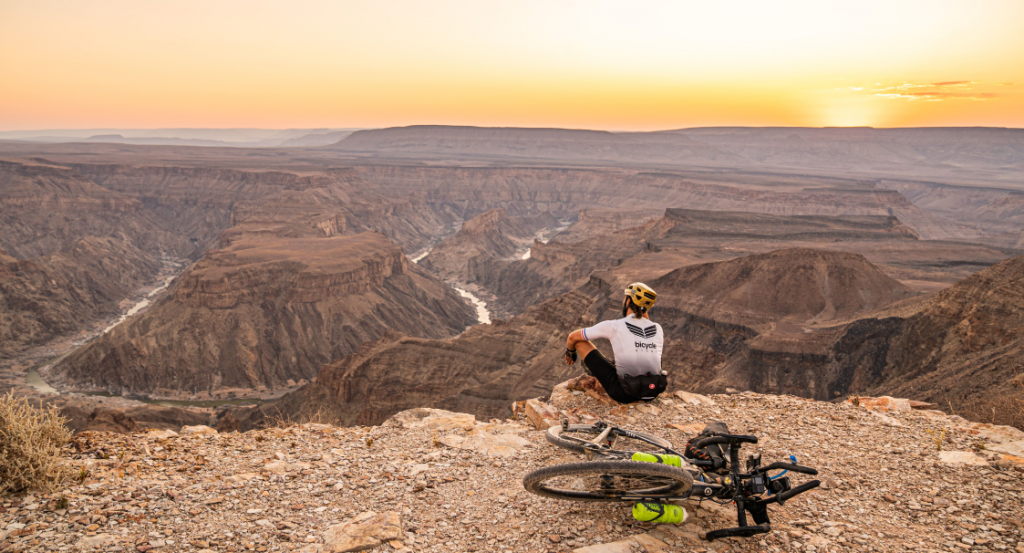
Photo credits: © Florent Schneider






